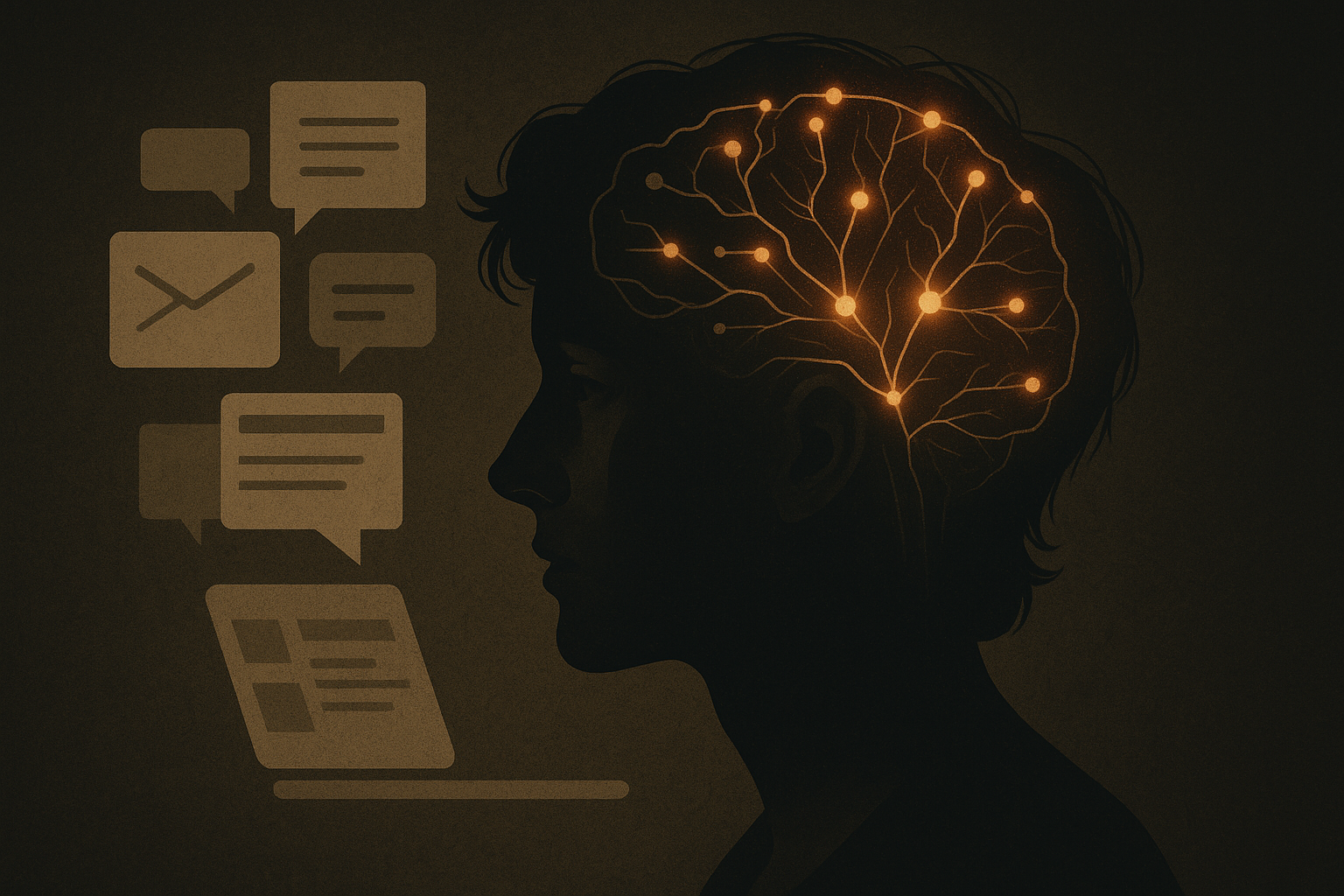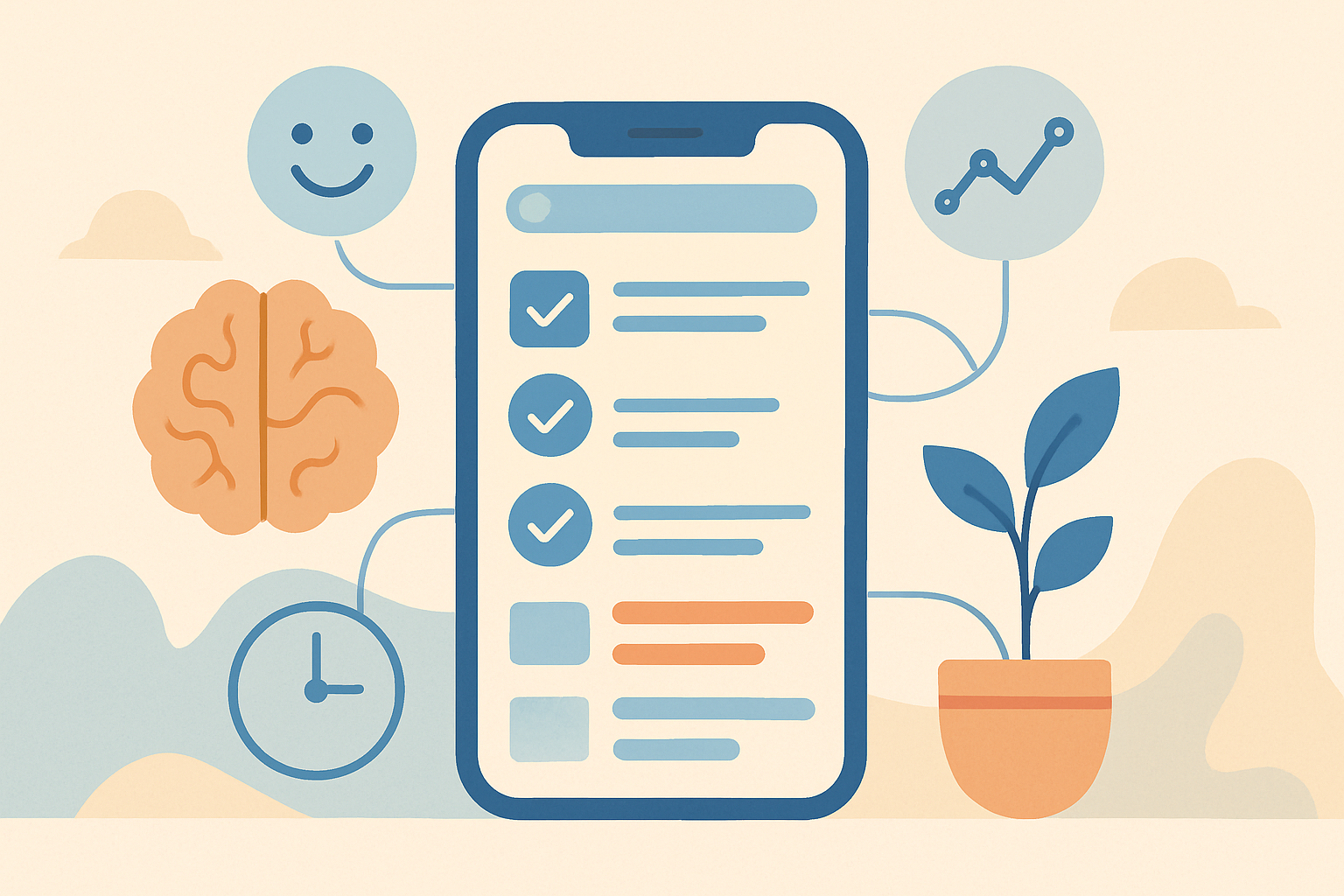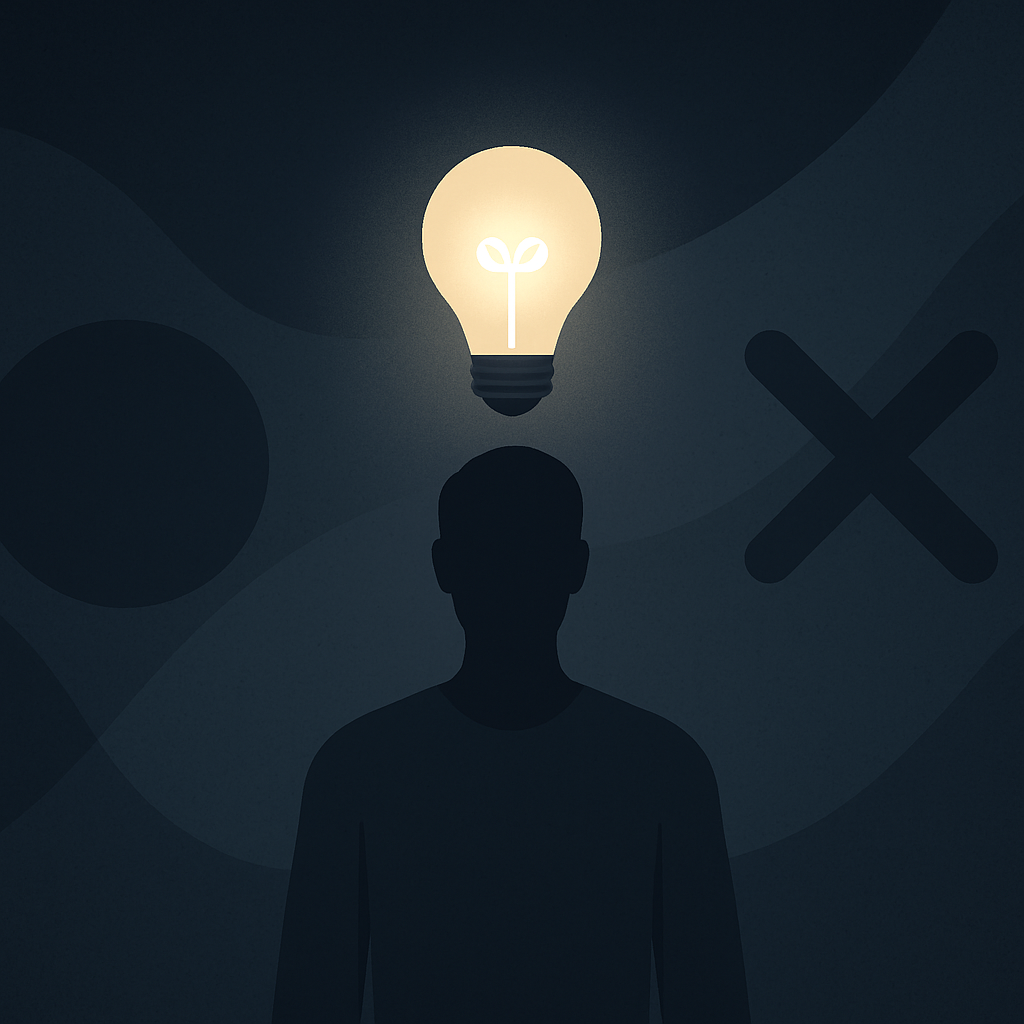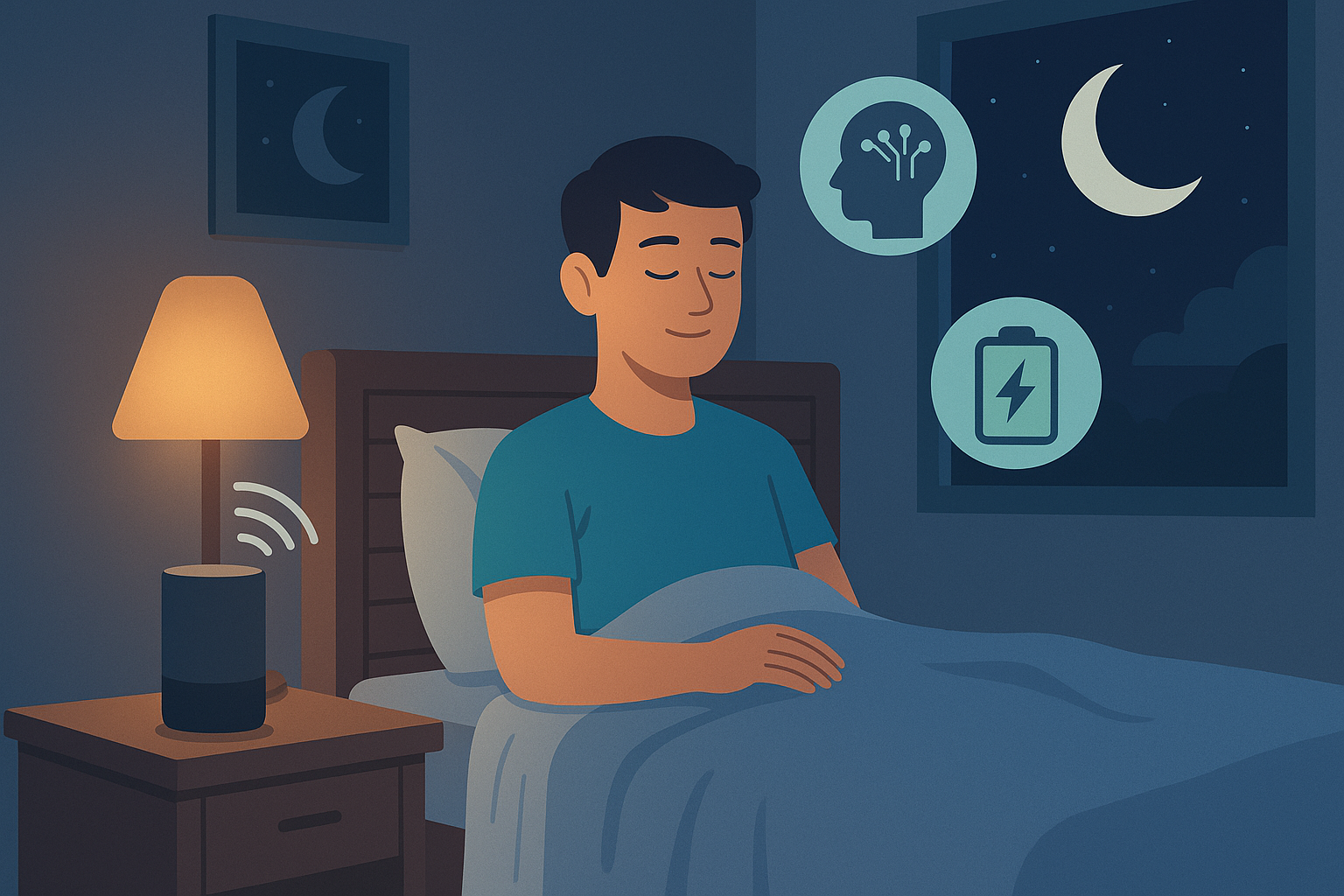At first glance, multitasking looks like productivity. Switching between emails, meetings, and messages feels efficient — as if doing more things at once equals more progress. Yet neuroscience paints a completely different picture. Multitasking doesn’t expand your brainpower; it fractures it. Mental Focus
The human brain is not built to perform multiple cognitive tasks simultaneously. What we call “multitasking” is actually rapid task switching, a neurological juggling act that burns energy, reduces accuracy, and weakens mental focus.
The good news: artificial intelligence can now reverse that trend by managing distractions, filtering noise, and restoring our ability to focus deeply.

The Science Behind Mental Fragmentation
Each time you switch from one task to another, your brain incurs what neuroscientists call a switching cost — the time and energy required to reorient your attention. The prefrontal cortex, responsible for focus and decision-making, must reconfigure itself to align with the new context. Even micro-switches — checking your phone for a second — can reset your mental momentum.
Studies from Stanford and MIT show that frequent multitaskers experience lower activation in attention-related brain areas, slower recall, and reduced filtering capacity. In other words, every interruption weakens your brain’s ability to ignore irrelevant stimuli, eroding long-term concentration.
Here’s how multitasking affects your brain compared to focused work:
| Brain Activity | Focused State | Multitasking State |
|---|---|---|
| Prefrontal cortex | Engaged in one goal | Fragmented across tasks |
| Dopamine balance | Stable motivation | Peaks and crashes |
| Memory retention | Deep encoding | Shallow and partial |
| Mental energy | Conserved | Rapidly depleted |
Over time, this constant switching can train the brain toward shallowness — the exact opposite of deep, meaningful work.
How Multitasking Weakens Mental Focus
Imagine your attention as a spotlight. When focused on one task, it shines brightly and reveals every detail. But if you split it between multiple targets, each gets dimmer until nothing is truly visible.
This fragmentation leads to attention residue — the leftover mental energy from the previous task that lingers as you start the next one. It’s why checking messages before writing or jumping between tabs slows your progress, even if each interruption seems small.
Neuroscientists have found that attention residue can reduce task efficiency by up to 40%. That means you’re not just losing time; you’re degrading the quality of thought. This explains why people who frequently multitask often feel busy but accomplish less.
AI tools can now intervene at this neurological level — not by forcing discipline, but by restructuring the digital environment to protect focus automatically.
How AI Restores Deep Concentration
Artificial intelligence can act as a cognitive shield, preserving mental focus by automating decisions and managing distractions in real time. The goal is not to eliminate technology but to make it invisible — quietly filtering, organizing, and optimizing your attention behind the scenes.
A practical setup might look like this:
| Function | AI Tool Example | Purpose |
|---|---|---|
| Task management | Motion AI / Reclaim | Auto-schedule work blocks to prevent overlap |
| Distraction control | Freedom / Opal AI | Block notifications during focus sessions |
| Workflow automation | Zapier / Make | Eliminate context-switching between tools |
| Email triage | Superhuman / Missive AI | Batch communication into smart intervals |
By offloading low-value tasks to AI, you allow your brain to stay anchored in a single cognitive thread. You stop wasting energy on micro-decisions and start protecting what truly matters: your attention bandwidth.
Example:
Laura, a marketing strategist, used to manage emails, Slack messages, and reports simultaneously. After integrating Reclaim AI and Freedom, her system automatically schedules deep work in the morning and defers incoming notifications. Within two weeks, she reports finishing strategic reports in half the time, feeling “mentally lighter” by day’s end.
AI didn’t make her smarter — it simply stopped her from fighting her own biology.
The Hidden Energy Drain
Multitasking not only damages productivity but also depletes glucose and oxygen in the brain faster than focused work. This depletion manifests as fatigue, irritability, and a false sense of urgency — the “busy but burnt-out” syndrome familiar to most knowledge workers.
AI tools that monitor activity can prevent this burnout. Systems like RescueTime or Clockwise AI measure your digital rhythm and recommend when to pause, hydrate, or switch tasks based on your focus curve. Some platforms even suggest optimal work durations derived from your own performance data.
A short example illustrates the concept:
- After three hours of high-intensity work, your brain’s energy drops by roughly 20%.
- RescueTime detects decreased productivity signals and suggests a 7-minute walk or breathing session.
- Endel AI synchronizes this break with adaptive soundscapes that restore parasympathetic calm.
Once you return, cognitive sharpness rebounds instead of spiraling downward.
This balance — effort followed by intelligent recovery — is how AI reprograms your focus cycle.
The Psychological Trap of Mental Focus Productivity Illusion
Multitasking feels good because it delivers micro-hits of dopamine each time we check something off our list. It gives the illusion of progress, but these rapid feedback loops train the brain to crave stimulation rather than completion.
AI combats this illusion through data-driven awareness. Dashboards like Reclaim Focus Report or Notion AI Tracker visualize your true work patterns — how much time you spent on deep, shallow, or fragmented activities. Seeing those numbers breaks the cycle of self-deception.
Imagine your dashboard showing:
| Activity Type | Time Spent | Cognitive Depth | Suggested Change |
|---|---|---|---|
| Deep Work | 3h 15m | High | Keep protected blocks |
| Communication | 2h 40m | Low | Consolidate emails into two sessions |
| Task Switching | 1h 10m | None | Automate or delegate repetitive tasks |
Once you recognize that multitasking isn’t productivity — it’s performance leakage — you begin designing your days differently.
Restoring the Rhythm of Mental Focus Attention
True focus follows a rhythm: engagement, fatigue, recovery, and renewal. AI tools can orchestrate this rhythm dynamically. When your attention dips, they suggest recovery. When you’re in flow, they protect it from interruptions.
This turns your daily routine into a living system that responds to your cognitive state rather than rigid schedules. Over time, your brain relearns what deep concentration feels like — steady, unhurried, fully present.
It’s not about doing less; it’s about reclaiming depth.
From Fragmentation to Flow Mental Focus
The biggest promise of AI isn’t automation — it’s restoration. By removing friction, reducing noise, and shaping a supportive environment, AI allows humans to return to what we do best: thinking deeply, creating meaning, and connecting ideas.
When mental focus becomes your default state, work stops feeling chaotic and starts feeling coherent. You’re no longer multitasking — you’re mastering.
The hidden cost of multitasking has always been attention. Now, thanks to AI, we finally have a way to buy it back.
Further Reading & Related Insights
Internal link:
- The Neuroscience of Mental Focus and Deep Work — Explore how AI and brain science merge to unlock higher levels of concentration.
External links:
- Harvard Business Review – The Case Against Multitasking
- APA Psychology – Why the Human Brain Can’t Truly Multitask
Blog
This section provides an overview of the blog, showcasing a variety of articles, insights, and resources to inform and inspire readers.
-

AI Habit Tracking and the New Rhythm of Modern Self-Improvement
AI Habit Tracking. Progress used to depend on discipline. Now, it depends on data.…
-

AI Decision Making and the New Discipline of Intentional Living
AI Decision Making. Every “yes” has a cost. Every time you agree to something…
-

The Perfect AI Night Routine to Sleep Better and Think Smarter
AI Night Routine. Your morning doesn’t begin when you wake up — it begins…
